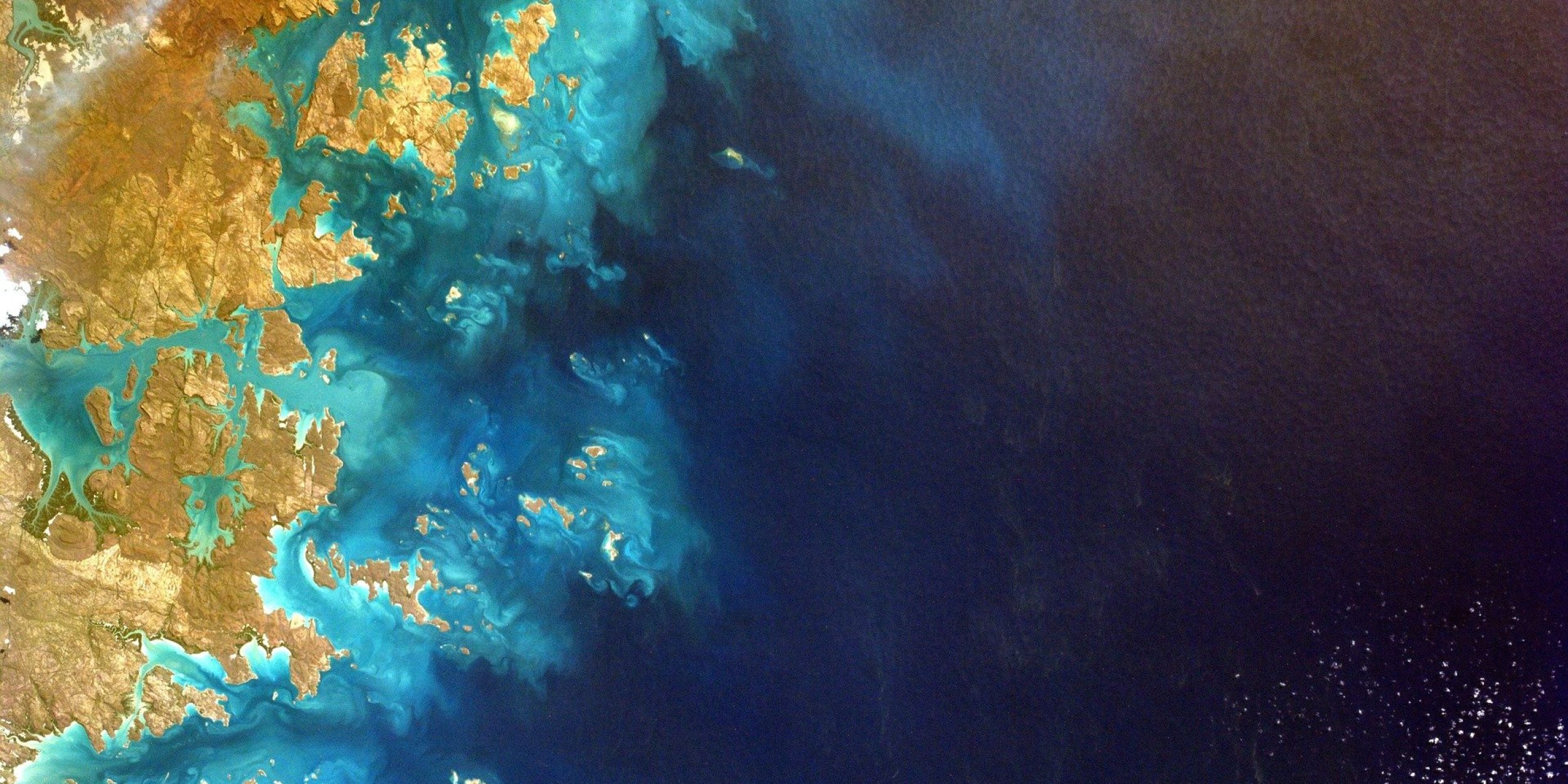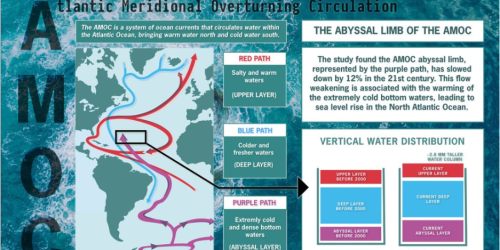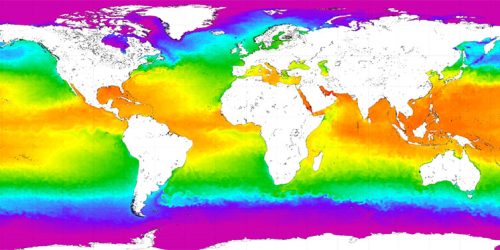The journal Current Climate Change Reports, as part of their Topical Collection on Advances and Future Directions in Earth System Modeling, invited a review on the impact of ocean resolution in Earth System models. Dr. Laure Zanna, funded by CPO’s Climate Variability & Predictability (CVP) program for work on ocean transport and eddy energy, contributed her expertise and insight from her CVP-supported research to the review.
Ocean resolution refers to the scale (both spatially and temporally) at which ocean processes are represented in a model. This review is particularly concerned with the ocean mesoscale, which is where the ‘weather’ of the ocean happens. The average resolution of ocean components in CMIP6 models, the current generation of global climate models, is still more than five times greater than the resolution required to represent key ocean characteristics that define things like boundary currents and flow. The review finds that whether or not the ocean mesoscale is explicitly represented, that is to say if the model operates at the same or smaller scale than can be used to describe processes at the ocean mesoscale, impacts both the mean state of the ocean in a model as well as the climate variability and future clime response carried through a model. These effects are especially noticeable in terms of model representations of the Atlantic meridional overturning circulation (AMOC) and the Southern Ocean. The choice of ocean resolution not just impacts ocean physics in a model, but also carries forward into ocean biogeochemistry and ocean-ice sheet interactions. Future Earth System models, the review emphasizes, will be able to incorporate increased ocean resolution and/or improved parameterization (i.e. numerical representation) of processes to better capture the ocean mesoscale.










